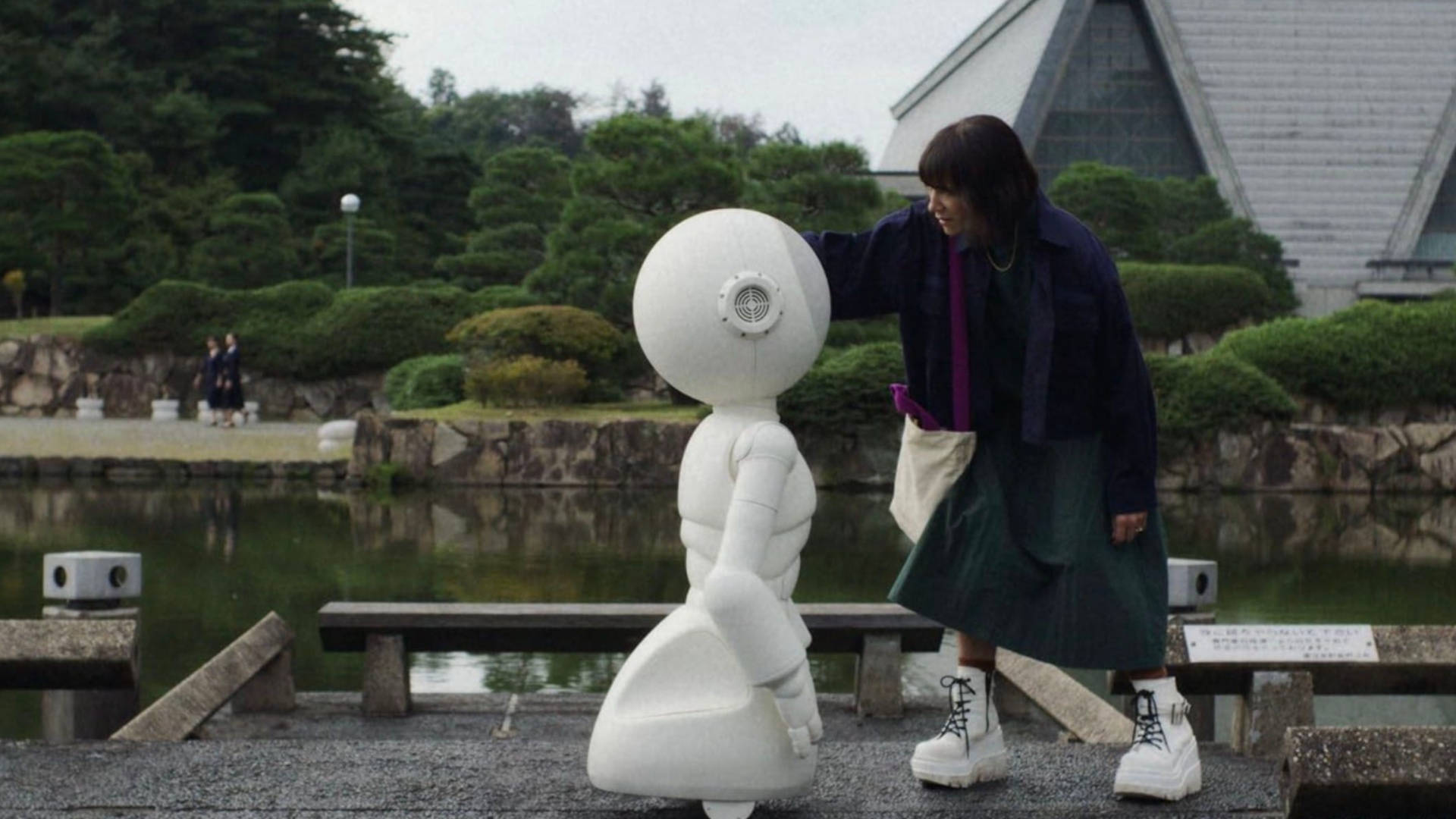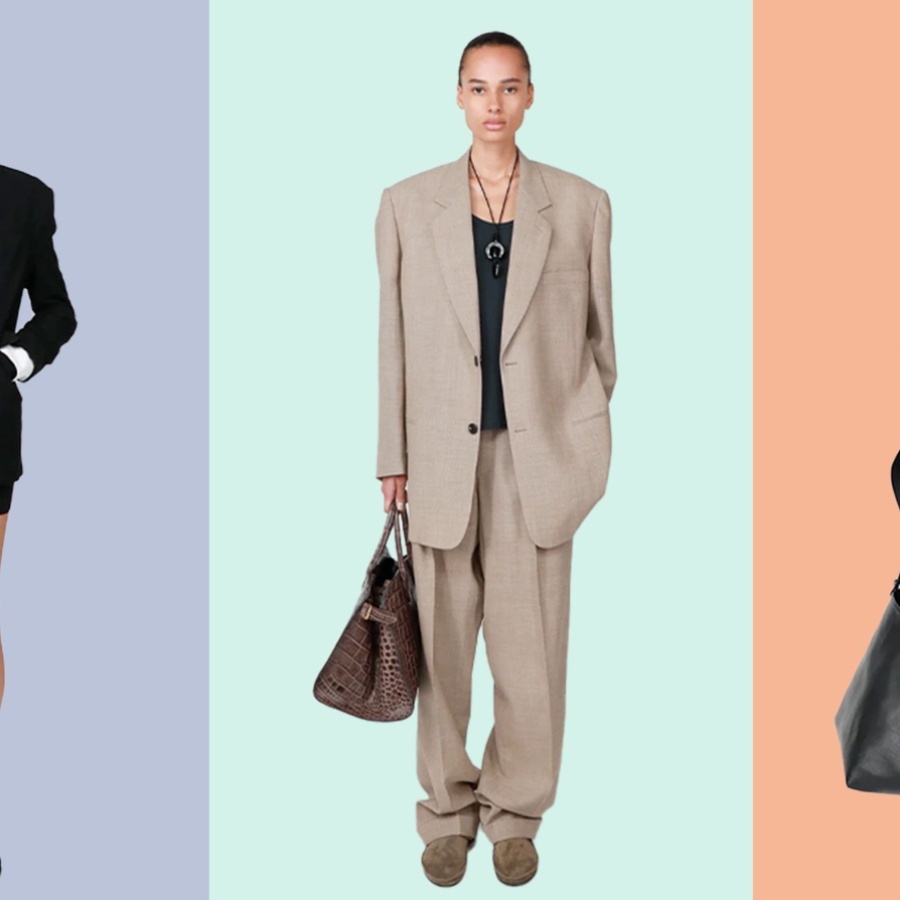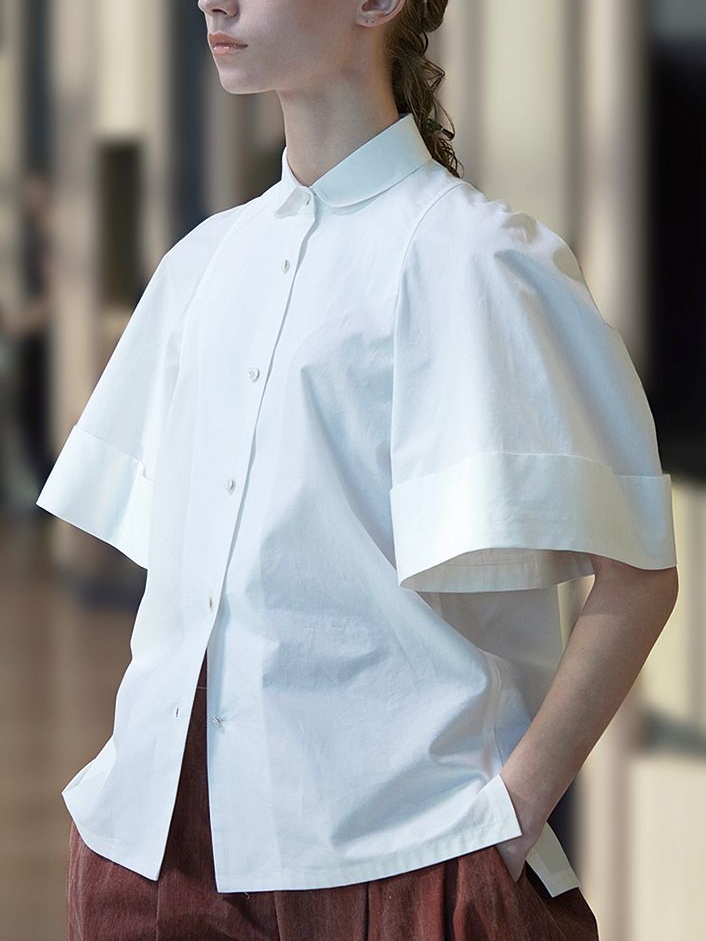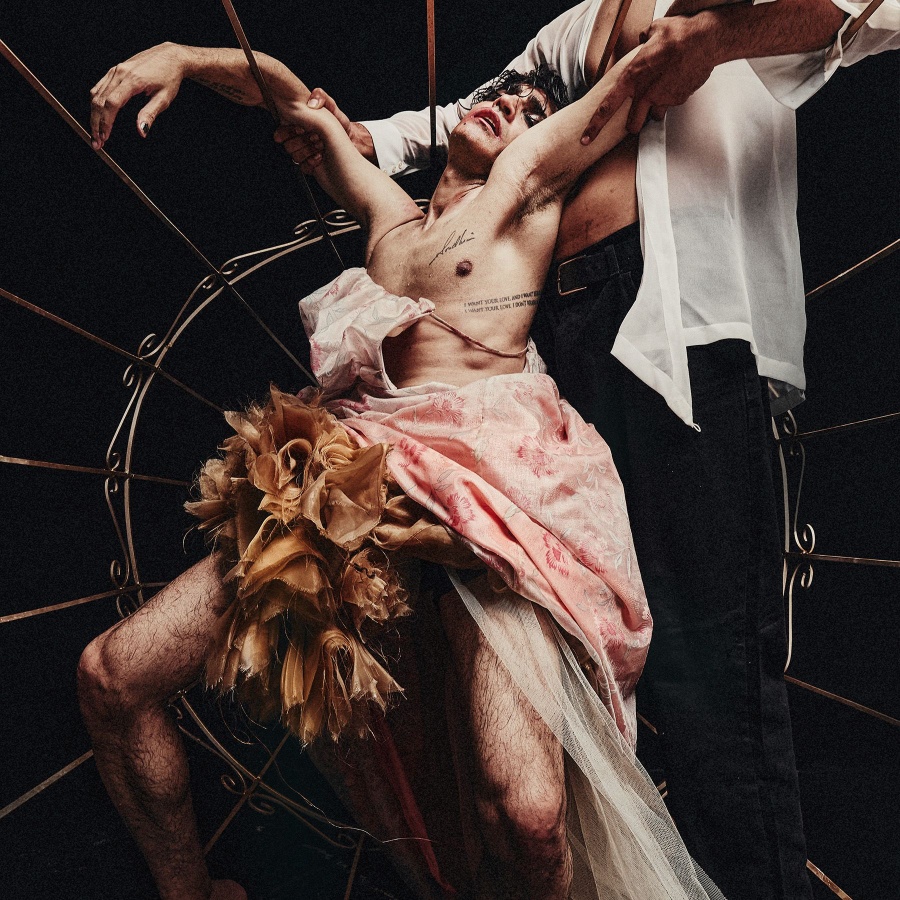I have a confession: sci-fi is not my scene. I chanced upon Sunny on a routine TV scrolling spree as I hunted for a short-term commitment watch. The thought of homicidal robots didn’t immediately excite me, but the visual tonality of Apple TV’s new show lured me in—heck I even fell in love with the title font (it’s Megazoid, if you’re interested). The slick and highly-stylised Apple TV+ series follows Suzie Sakamoto (Rashida Jones), an American artist in Japan trying to unravel the secret life of her husband in the wake of his sudden disappearance. The stylised approach extends subtly through Sakamoto’s closet. As the next season of Emily in Paris plagues our Instagram feeds and TV screens with a gauche parade of designer lewks, here is Sunny, a quieter take from a show that isn’t about fashion. In fact, it is the antidote to costumery, drawing the focus to the forgotten, non-performative character of clothing, which, in the show, can best be defined as an elevated take on normcore.
I woke up like this
In an undetermined point in the future, Suzie wanders the robot-populated alleys of Kyoto in a wardrobe that’s simple, but incredibly chic—wide-legged trousers, dagger-collared shirts, tailored trench coats, and a slew of orthopaedic-looking sneakers. These key pieces sound great on paper, but what truly drives them home is her nonchalant approach to style—untucked button-downs, a vintage t-shirt in the most delicious butter yellow, creased like she just rolled out of bed, or an expensive-looking jacket that she probably picked up from her missing husband’s wardrobe.
The show’s costume designer Analucia McGorty had a very difficult brief: “Through this project, I was creating clothes for a period of time that doesn’t exist,” she says when we speak about her moodboard. “I think costumes play a pivotal role in establishing a sense of sentimentality. I wanted to reiterate clothing that holds nostalgic value, pieces that the audience might have seen or worn growing up. I coupled that sense of ‘throwback’ with the sophistication of Japanese Noir from the ’60s and ’70s as well as Wong Kar-wai films—you see that through the contrast of saturated colours amid a sea of greys and blacks that are typical to traditional Japanese style.” That Suzie’s fashionable wardrobe is highly wearable just adds to the appeal. ”I wanted to draw attention to the fact that this is a regular person’s closet with a limited number of garments that they wear on loop, like most of us do.”

“She isn’t prim, doesn’t wear the pearls her mother-in-law gifted her and is always dressed off-centre,” says the show’s costume designer Analucia McGorty
Quietly, the protagonist’s sense of style signals the return of normcore, a term coined by New York-based trend forecasting agency K-Hole back in 2010. Normcore could be considered a paradoxical trend, as at its centre is a celebration of the mundane, the embodiment of a style that says, ‘I just threw this on and walked out the door’. Somewhere between effortlessness and a lack of it, people started dressing in ensembles that consisted of mostly the following recipe—wear your chunky gym shoes outside the gym, pair them with unembellished, slouchy denim, don a nondescript jacket, throw in a baseball cap and your top-of-the-pile sweatshirt, add a takeaway coffee cup for garnish. Look at Katie Holmes’s obsessively documented off-duty looks. The visual of her traipsing the streets of New York complete with signature tortoise glasses, bed head, and a gigantic tote bag creates an endearing sense of genuineness. As is the case with Zoë Kravitz, who has earned the moniker of It girl not just for her enviable bone structure, but also for the fact that she’s not averse to being spotted in the same blue tank top on innumerable occasions.
Besides the formulaic interpretation of this phenomenon, at the very centre of normcore’s heart is the idea of dressing for yourself, and dressing like you don’t care. This is clear in Suzie’s character. “In Japanese culture, there is a sense of respect around all social settings and ceremonies. Suzie is a clear outlier in these situations,” says McGorty. “She isn’t prim, doesn’t wear the pearls her mother-in-law gifted her and is always dressed off-centre. We actually created a vintage-looking t-shirt with original artwork that was washed and aged for it to look like something she must have thrifted or owned for years. And even though she’s not as put-together as the others, she never looks drab; her silhouettes are oversized but tailored, created with purpose. The clothes are never wearing her.”










